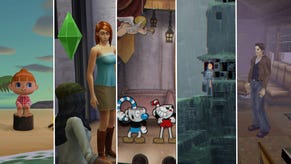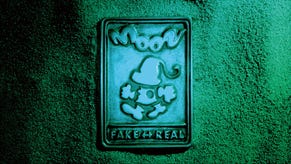Why Undertale's End-Game Tops All Other RPG Finales
Untangling Undertale's net of endings is the game's real journey.
This article first appeared on USgamer, a partner publication of VG247. Some content, such as this article, has been migrated to VG247 for posterity after USgamer's closure - but it has not been edited or further vetted by the VG247 team.
Undertale, which has been beloved since its 2015 debut on Steam, is finally available on PlayStation 4 and PS Vita. 8-4's launch trailer for the game opens with a review quote from some no-name site. I bet it's staffed by a bunch of jerks.
If you haven't played Undertale and you're waffling about whether to take the plunge, go for it. I examined how well the game holds up on its first anniversary last year, and my feelings remain unchanged.
Playing through Undertale one more time on my PS Vita awakened me to a realization, though: It has one of the best end-games I've played through in an RPG, if not the best.
SPOILERS FOR UNDERTALE'S STORY AND ENDINGS ARE BELOW THIS GIF OF THE HIGHLY-EXCITABLE LESSER DOG!!
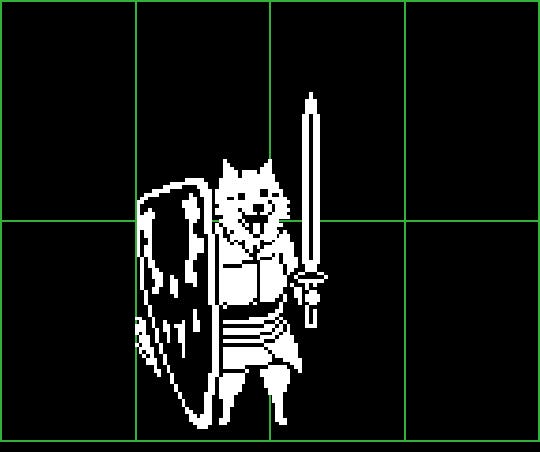
Undertale is about endings. Sure, the journey is important, and how you conduct yourself has enormous consequences on your relationships with the monsters that live below Mount Ebott. But Undertale is an eight-hour game, tops – and yet it has three very different endings. One of those endings, the one awaiting you at the end of the "Neutral" path (whereupon you kill at least one monster), branches off into even more endings – over a dozen, in fact. Though these endings are officially called "neutral," they can range from an amicable parting with old friends to the near-destruction of the Underland by your own hand. In other words, being "neutral" with the monsters can mean anything from becoming bosom buddies to leaving them alone to die in the dark, devoid of leaders and hope.
Undertale is a repetitive game, make no mistake. But digging through it again and again to add little bits of knowledge to your personal database about the characters is a worthwhile reward. The game is very self-aware about your multiple journeys, and will often break the fourth wall to nod at your persistence (Sans the skeleton doesn't break the fourth wall so much as he tears into it with a wrecking ball).
But Undertale's end-game isn't just well-crafted; it's also insidious. Your first couple of playthroughs are purposefully tailored to slowly soft-boil your heart. When you play the Neutral route, it doesn't take long for you to meet up with Asgore, the king of the monsters. On your way to see him, monsters trigger random encounters – but not for a fight. Instead, they gradually relay the story of a human child who fell into the Underland years ago, and befriended Asgore's son, Asriel. The human died, and when Asriel tried to return their body to their home village, the humans living there attacked and killed Asriel.
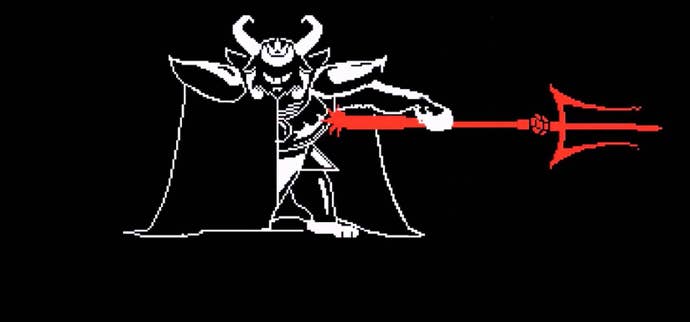
The impact of the sad story is enhanced hugely by the music and timing that frames the scene, and by the fact checking your reflection in Asgore's house offers you one of the simplest but emotion-filled statements in a game: "Despite everything, it's still you."
The monsters aren't angry at your arrival. In fact, they're brimming with hope about Asgore gathering the last human soul he needs to free all of them from their underground prison. They're confused why you aren't smiling, too. After all, "you're going to be free."
We never learn why the monsters who regale you on the path to Asgore don't recognize you as a human. Throughout the game, most monsters peg you for a human (and by extension, the enemy) right away, but many don't. It might be commentary from the game's creator, Toby Fox, about how we're all told to hate and fear different races, religions, and cultures regardless of whether we've interacted with them.
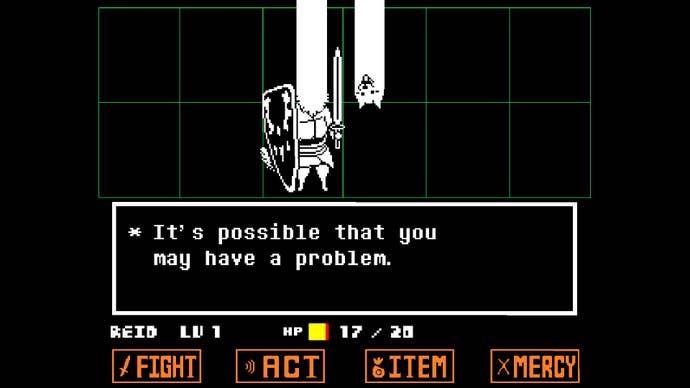
But your initial showdown with Asgore is only the beginning of Undertale's mission to turn your emotions into mush. Now that you've been primed on Asriel's history, you're allowed to find and fight him as the twisted, vengeful god he's become. Meeting up with Asriel can only be done if you take the game's "Pacifist" route and avoid conflict with all monsters. You can talk things over with your attackers, or you can run away, but killing is a no-no.
It's surprisingly difficult to complete Undertale's Pacifist route. Staying your knife means you can't level up, which means you're stuck with a low hit-point count through the entire game. And before you can meet Asriel, you must struggle through Undertale's "True Lab" – a haunting laboratory full of dark secrets that tell-all about one of the game's major characters. There are also scattered clues that the friendship between Asriel and the fallen human wasn't nearly as innocent as you're initially led to believe.
When you're finally offered the chance to confront Asriel, it quickly becomes apparent the furious goat-god still has a child's heart beating under his black robes. But even without subtext, the showdown is incredible: Hopes and Dreams is far and away my favorite RPG final boss music, and, like the telling of Asriel's past in Asgore's home, the action is woven into the music. Asriel's attacks and Hopes and Dreams go hand-in-hand.
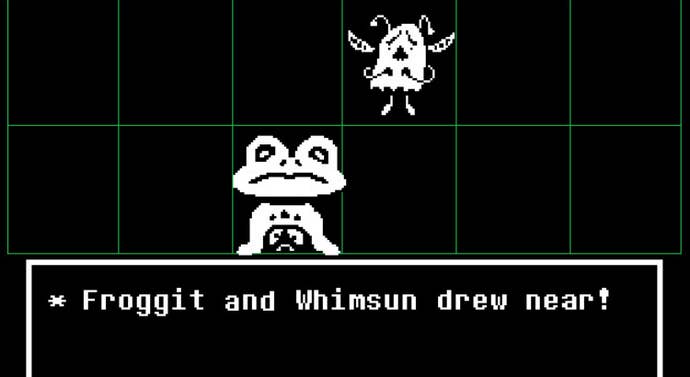
While you're fighting for your life (remember, you're still at level one), it probably won't slip your notice that each attack Asriel throws at you seems mimeographed from a bad anime. The attacks even have gaudy names to match their sparkling, rainbow-hued fury. Chaos Saber! Galactica Blazing! Chaos Buster! And when Asriel finally decides to pull out all the stops, he unleashes the world-ending Hyper Goner! – but not before he sneers about how you shouldn't get too cocky, of course.
Though it's easy to guess at Asriel's schtick before you beat him, everything becomes obvious when you finally revert him back to his true form: He's a child. He loves video games and anime, notable aspects of human culture that managed to bleed down into the Underland. For all its destructive potential, Asriel's battle body and its abilities would be laughed off DeviantArt. But it's exactly the kind of thing a suffering pre-teen would design if they had possession of God's own wrath.
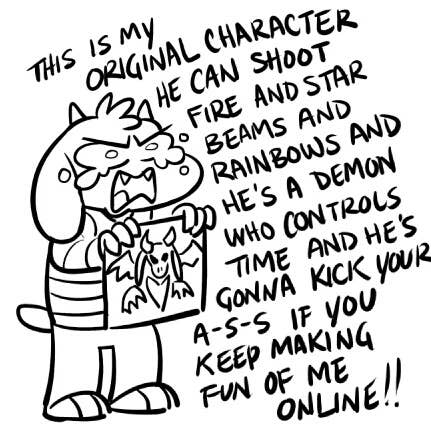
Toby Fox pokes fun at JRPG tropes in Undertale, but that humor is turned against you in the game's final moments. If you manage to find and fight Asriel, then you already have a good idea of what he's like, what his motivations are, and you have your first clues about how everything went terribly wrong for the poor kid.
But if you want to snap together the final pieces of the puzzle and learn everything about Asriel, you have to run through the game one more time and kill everything that moves in the game's "Genocide" route. The monsters who told you the first story about Asriel, the critters you talked to instead of brawling, the bosses you befriended instead of battling – They all need to die. Then, and only then, will you learn the truth about Asriel – and about yourself.
Undertale's end-game is intense, unforgettable, and it moves me now as much as it did when the game debuted two years ago. That's high praise for a title that's 30% journey and 70% end-game.


